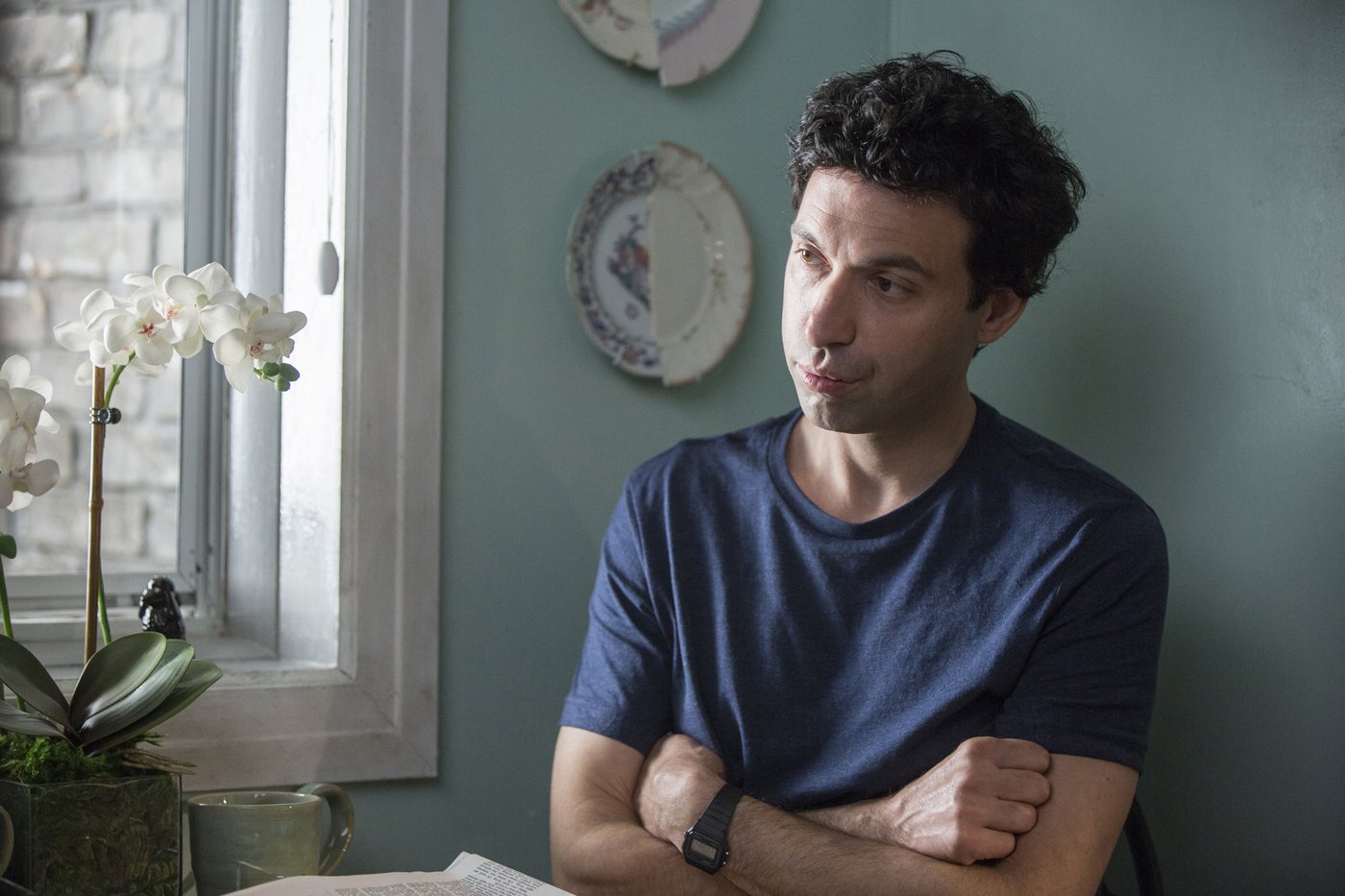Sometimes, only a button will do. The intelligent house and the rise of devices connected like lamps, speakers, locks and have yet provided a complex automation within the reach of a traditional audience, but sometimes you do not want to extract an application – or to talk to a smart speaker. – Just to turn on the lights. For those of the Apple Homekit ecosystem, the stage controller remote control of the Wemo scene could be the answer.
About the size of a FOB car key, the remote control of $ 49.99 Wemo Stage is a small white plastic washer. On the front, there are three buttons distinguished by lightly elevated points. Each button supports a short pressure and a long press, which can be mapped differently, and there is a LED hidden behind the front plate to display when a signal has been sent.
Pop the off back cover and you will find a regular CR2032 battery. Wemo says it should last about two years, although I noticed that his percentage in the Apple Home application falling faster than indicating this type of longevity. At least the batteries themselves are readily available.
You can leave the remote control on your coffee table or bedside table, but WEMO also includes a wall plate with 3m adhesive tapes on the back. The remote control clings to that magnetically. Or, you can output the magnetic dock section and adapt it to a junction box with a standard palette switch plate.
I like the options, but I would like Wemo magnets to be a little more stubborn. It’s too easy to knock the Wemo scene out of the plate inadvertently if you stupid a button out of the corner, or brush it if you rub it with your handle while you pass.
The configuration is usually simple, mainly because WEMO gives the process to Apple. The remote control will only work with homekit devices, including newer Wemo items even and the wider ecosystem of homekit compatible smart home products such as locks and lights. Basically, if you can control it in Apple’s Home app, the Wemo scene should be able to control it too, but all that is left out of pleasure.
At its simplest individual devices, such as a lamp or latch, can be saved on one of the WeMo scene buttons. It should be noted that, unlike some remote controls, there is no rocking support here: If you set a short press of the first button to turn on your night lamp, another short pressure will not turn it off. For this, you will need to program another button – or may be a long pressure of the same button – for the OFF command.
Where it becomes more capable, it is when you start saving scenes on the keys on the remote control. This could be a group of lamps in a room or a mixture of bulbs, shades and more. Only one press could turn off the lights, lock the doors and activate your homekit compatible alarm system, for example before going to bed. Or, it could attenuate the lights, close the shades, turn on your Apple TV and your TV and you will prepare for the movie night.
If you have already created scenes in the Home app, you can assign the WEMO scene immediately. Or, you can build a scene at fragmented blow when you program each button, first by selecting the appropriate devices, and then customizing the desired settings of each. For a light, for example, you can choose if you want to turn on or off, at which brightness and a specific color if the bulb supports it.
It’s flexible, but that means some homekit frustrations are shared with the Wemo internship remote. After choosing a selection of lights, for example, to map a short press button on a button, it would have been practical to copy this group, but have all reactivated them for a long push of the button. In the Home app, however, you must select them all individually again.





